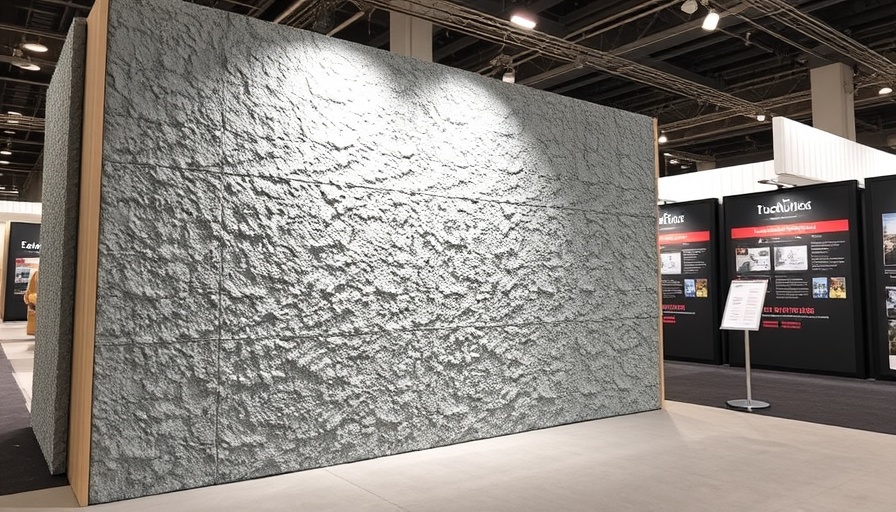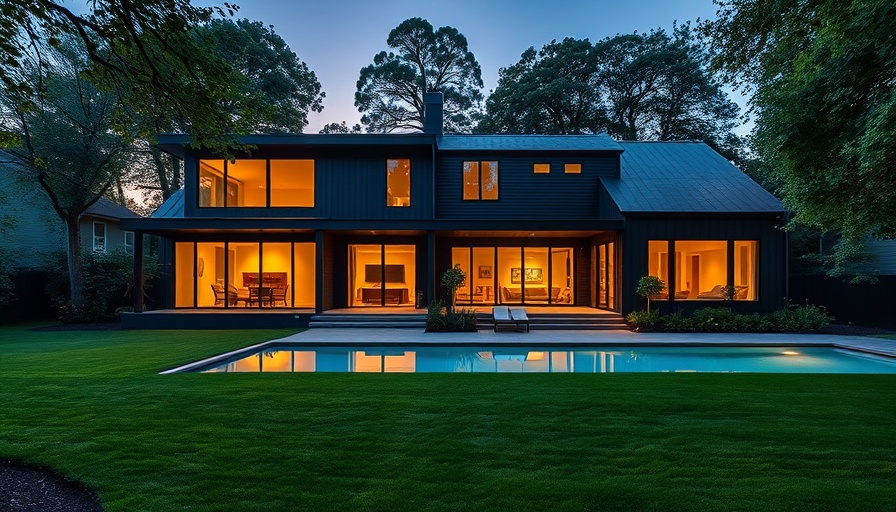
Revamping Midcentury Homes for Modern Living
In recent years, midcentury homes have regained popularity among homeowners aiming to blend classic architecture with contemporary convenience. As society evolves, so do the needs of families, leading to a clear demand for adaptations that enhance both aesthetics and functionality. This article delves into how homeowners can successfully execute exterior upgrades to seamlessly combine the beauty of midcentury design with modern living necessities.
The Allure of Midcentury Architecture
Midcentury architecture, known for its clean lines, integration with nature, and open spaces, appeals to many due to its timeless elegance. However, while the nostalgic aspect captivates, the functionality often requires updating to meet contemporary standards. Key features like expansive windows and connection to nature can be carefully preserved or renovated with modern materials that enhance efficiency.
Essential Upgrades for Functionality
When considering exterior upgrades, homeowners should assess critical aspects that can be enhanced or changed. Here are some practical upgrades to consider:
- Window Replacements: Opt for energy-efficient windows that respect the midcentury aesthetic while cutting energy costs.
- Roofing Innovations: Choose modern roofing materials that maintain the original profile but improve weather resistance and thermal efficiency.
- Landscaping Revisions: Revitalize outdoor spaces to enhance curb appeal and create inviting outdoor areas that reflect a modern lifestyle.
Functional Outdoor Living Spaces
Incorporating outdoor living spaces enhances the home's functionality, especially for families. Consider creating patios or decks that harmonize with the existing architecture, providing spaces for gatherings and relaxation. The use of sustainable materials can also marry the need for modernity with environmental consciousness, offering durability alongside style.
Integrating Smart Home Solutions
As technology evolves, smart home solutions are quickly becoming a staple for modern families. Automated lighting, security systems, and climate control not only increase convenience but also offer energy efficiency. When upgrading a midcentury home, homeowners can integrate these systems subtly, ensuring they complement rather than overpower the original design ethos.
Case Studies of Successful Transformations
Looking at successful renovations provides valuable insight on what truly works. One notable example is the transformation of a classic midcentury home into a vibrant family living space, where the restoration of natural wood finishes was coupled with modern amenities like a smart irrigation system in the garden, showcasing how traditional and tech-savvy can coexist harmoniously.
Common Misconceptions About Midcentury Renovations
One of the larger misconceptions is that modern upgrades detract from the home’s character. However, when executed with care, renovations can enhance and preserve the spirit of midcentury designs. Many fear losing the unique architectural features, yet thoughtful implementation can marry the old with the new without compromising integrity.
Conclusion: Embrace the Future While Honoring the Past
The key to a successful midcentury home upgrade lies in balancing respect for classic design with the integration of modern convenience. By thoughtfully considering which elements to preserve, enhance, or replace, homeowners can create a space that is not only functional and efficient but also evocative of its historical roots. For those ready to take the plunge, now is the perfect time to begin reimagining your midcentury dream home.
 Add Row
Add Row  Add
Add 


Write A Comment